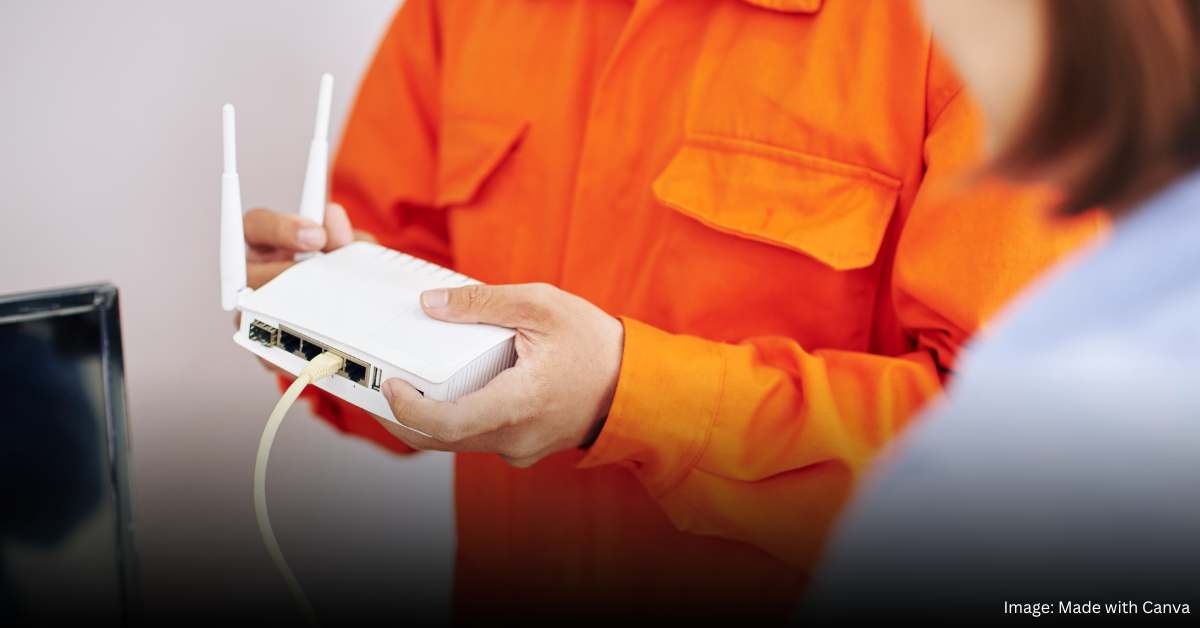In today’s digital world, having a stable internet connection is crucial. But what happens when your connection drops or slows down? One common solution is to reset your router. Resetting can solve various issues, from slow speeds to connectivity problems. But how exactly do you reset a router? Let’s dive into it.
Why Resetting Your Router is Important
Sometimes, routers get overloaded or run into minor errors that cause your internet to slow down or disconnect. Resetting your router can clear these issues, giving you a fresh start without having to call your service provider.
Common Problems Solved by Resetting
Resetting can fix several common problems, such as slow internet speed, devices not connecting to Wi-Fi, or frequent disconnections. If you’re experiencing any of these issues, a simple reset might be all you need.
How to Reset Your Router: A Step-by-Step Guide
Resetting a router is a simple process, but it’s important to do it correctly to avoid further problems. Here’s how to reset your router in a few easy steps.
Step 1: Locate the Reset Button
Most routers have a small reset button, usually found on the back. This button may be tiny and require a paperclip or pin to press.
Step 2: Press and Hold the Reset Button
Using a paperclip or similar tool, press and hold the reset button for about 10-30 seconds. This will reset the router to its factory settings.
Step 3: Wait for the Router to Reboot
After releasing the reset button, the router will reboot. This process may take a few minutes, so be patient.
Step 4: Reconfigure Your Router
Once the router has rebooted, you’ll need to set up your Wi-Fi network again, including your network name (SSID) and password. This step is crucial to restore your internet connection.
When to Reset Your Router
Knowing when to reset your router can save you time and frustration. You don’t need to reset it every time you experience a slow connection, but certain situations call for it.
Signs It’s Time to Reset
If your internet is consistently slow, devices won’t connect, or you’re frequently losing your connection, it’s time to reset your router. Additionally, if you’ve made changes to the router’s settings that cause problems, a reset can help.
The Difference Between Restarting and Resetting
It’s easy to confuse restarting your router with resetting it. However, these are two different processes with different outcomes.
Restarting vs. Resetting
Restarting your router simply means turning it off and on again, which can temporarily fix minor issues. Resetting, on the other hand, restores the router to its original factory settings, which can solve more persistent problems but also erases all your custom settings.
Conclusion
Resetting your router might seem like a drastic step, but it can be a simple and effective solution to many common internet problems. By following the steps outlined above, you can easily reset your router and get your internet back on track. Just remember, resetting will erase your settings, so you’ll need to reconfigure your network afterward.
FAQs
What happens if I reset my router?
Resetting your router will erase all custom settings, including your Wi-Fi network name and password. It will restore the router to its original factory settings.
How often should I reset my router?
There’s no need to reset your router regularly. Only do so when you’re experiencing issues like slow speeds, connectivity problems, or after making changes to the router’s settings that cause issues.
Will resetting my router improve my internet speed?
Resetting your router can improve your internet speed if the slowdown is caused by a glitch or overload in the router’s system.
Can I reset my router remotely?
Most routers cannot be reset remotely. You usually need to press the physical reset button on the device.
Do I need to reset my router after a power outage?
You don’t always need to reset your router after a power outage. If your internet connection isn’t working after the power is restored, try restarting the router first. If that doesn’t work, then reset it.


